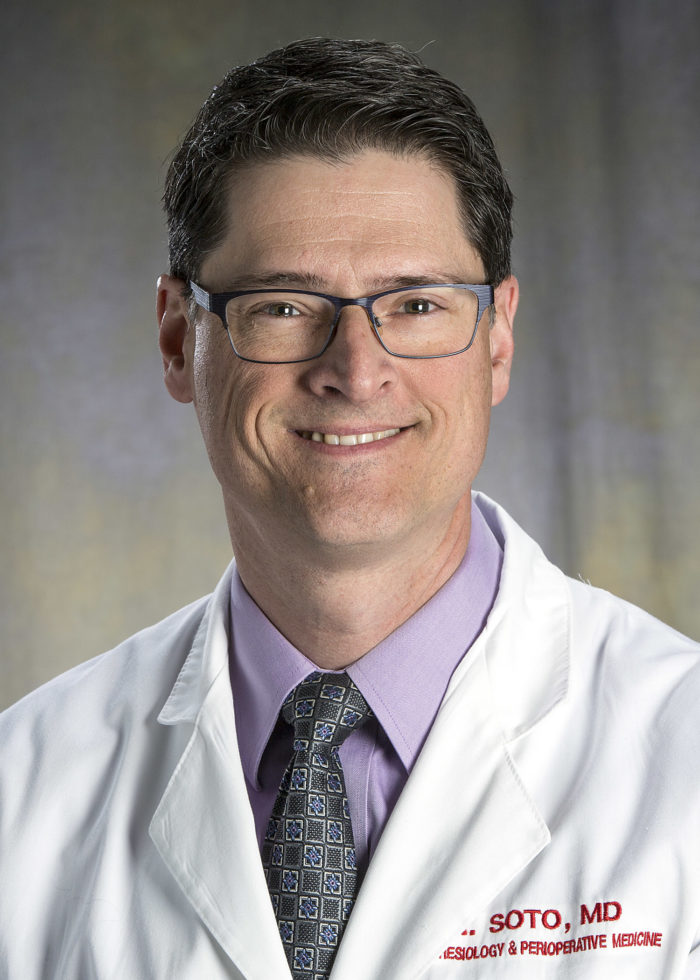Where Hospitals Get it Wrong on Pain and Opioids
May 9, 2019

If you turn on the nightly news or open a daily paper, you’re likely to hear about the nation’s ongoing opioid abuse crisis. The overdose death tolls are staggering. The family stories are heartbreaking. You may find hope in the efforts of policymakers, nonprofits and first responders, even while we as a country have so far to go.
But there’s one story you may not hear: Hospitals could be doing more to curb the opioid abuse epidemic. Specifically, hospitals could make the extra effort to avoid unnecessary and inappropriate exposure to opioids for patients undergoing surgery or dealing with pain. Yet some do not.
You see, each hospital has a formulary, a list of approved drugs that stay stocked for health care providers to administer to patients. When developing that formulary, hospital administrators often consider a medicine’s acquisition cost—that is, how much is costs to stock the medicine. If the medicine is expensive, the hospital may not carry it. Or, administrators may authorize ordering only a small amount, then heavily restrict its use.
For patients in pain or undergoing surgery, this can have important implications. In particular, it means fewer options for managing post-surgical pain for my patients.
In the hospital where I work, the intravenous formulation of acetaminophen is a good example. You likely know acetaminophen as Tylenol, available in over-the-counter oral form for headaches and other aches and pains. The hospital pharmacy stocks the prescription IV version, and the medicine is allowed for routine use on children. Physicians must obtain special permission, however, before prescribing it for an adult.
The long-acting liposomal bupivacaine is another example. The medicine is opioid-free, making it a safer alternative for patients at risk of developing opioid addiction. I’d like to use it for certain patients, but my ability to make that choice gets trumped by the hospital’s policy. The hospital system I work in, and many others, don’t stock it because the acquisition cost is too high.
When hospitals make it difficult or impossible for physicians to obtain pain therapies like these, there may be only one option left: opioids. It’s true, opioids cost less to purchase. But in many other ways their cost can be higher.
For instance, they cause adverse effects like nausea, delirium and constipation, which can delay patients’ discharge and drive up hospitals’ costs. Side effects also make patients’ post-surgical recovery more difficult and can extend their time away from work or tending to other responsibilities—both of which have a cost of their own
The collective worth of limiting patient hardship, avoiding prolonged hospital stays and avoiding unnecessary exposure to opioids represents what I call the global value of a medicine. So I pose the question: Which is more important—a medicine’s sticker price or its global value to patients, hospitals and society?
As the nation continues to battle against the abuse and misuse of opioids, we have a responsibility to look closely at this question and to carefully weigh the risks and benefits of various pain treatments.
For me as a physician, that includes speaking out on issues like this one. As director of education and the anesthesiology residency program at my hospital, I take seriously my role to model patient advocacy. It’s a skill that medical students can learn in the classroom, but one that must be honed in real life. I show my residents how to be champions for their patients. As clinicians, it’s our job to thoughtfully consider what is best for each patient, and then to work through bureaucracy or barriers so that vision becomes a reality.
I hope hospital administrators adopt the same mentality. After all, putting patients first doesn’t just make the most long-term financial sense. It’s also our job.
Roy Soto, MD, is a board-certified anesthesiologist practicing in Royal Oak, Michigan.
Categorized in: Blog, Uncategorized

